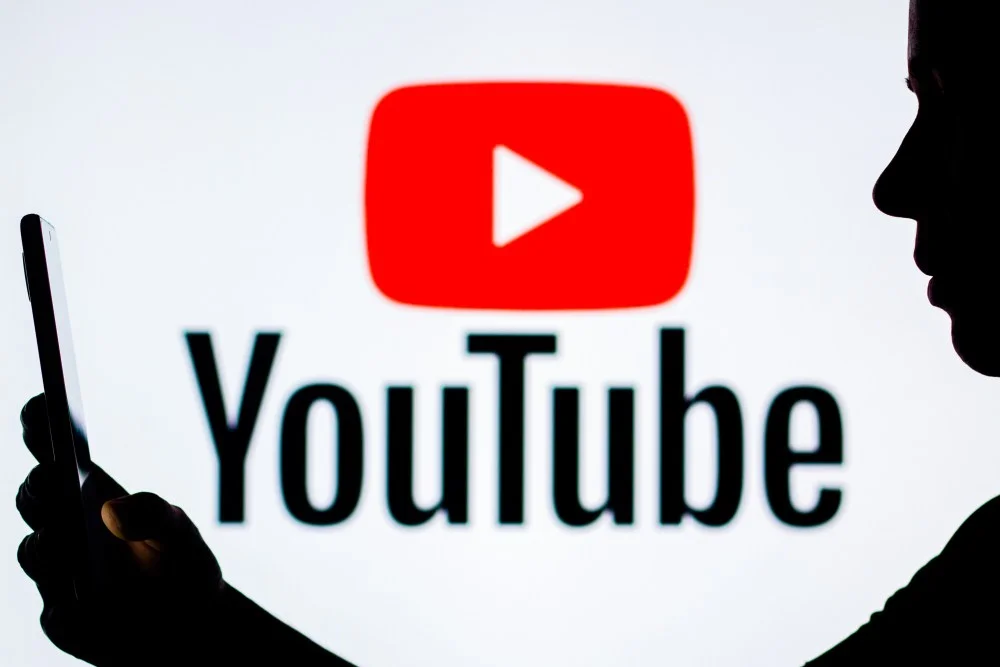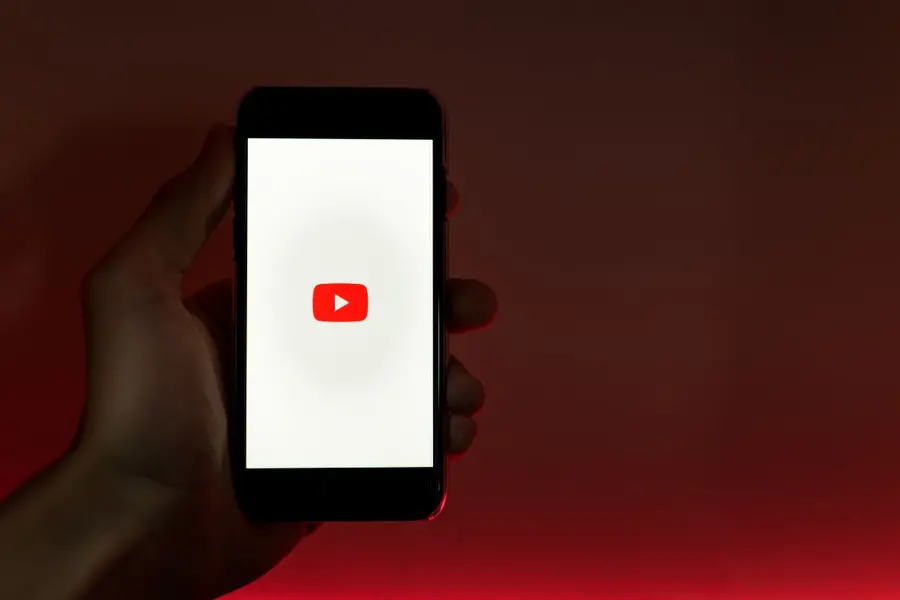YouTube will increase the minimum age to access independent live streaming from 13 to 16 as of July 22, 2025. Under this new rule, creators between 13 and 15 may only livestream if a designated adult channel manager or editor appears on camera. Younger teens will have their chat disabled or get removed from unsolicited broadcasts. This move is to minimize the risk of exploitation, violation of privacy, and inappropriate communication that may come with real-time broadcasts.

Reasoning Behind the Age Increase
The scope of audiences is broad and unpredictable, as the young users are subjected to live streaming. The risks are related to the risk of exposure to destructive remarks, unwelcome requests, and the possibility of confidential personal information becoming public. Increasing the age threshold makes YouTube consistent with the new requirements of child protection and can guarantee that under‑16 media stars are guided by adults when broadcasting live.
Supervision Requirements for Ages 13–15
Teens aged 13 to 15 who wish to continue streaming must appoint a trusted adult (such as a parent or guardian) as a channel manager or editor. That adult must be visible on live streams. If the adult is absent or chat guidelines are broken, YouTube will disable live chat and may temporarily suspend streaming privileges. Future enforcement plans include the removal of unsupported streams and temporary feature bans on the account.
Guidance for Parents and Young Creators
YouTube has issued updated safety guidance. Families are encouraged to:
- Review YouTube’s safety and privacy settings together.
- Choose an adult to co‑manage the channel and monitor content.
- Foster digital literacy by discussing appropriate online behavior.
- Explore YouTube’s family link and content filters to help manage watch time and exposure.
Impact on Content Communities
Gaming, education, and streamers focused on hobbies who start around the age of 13 will be impacted by the new rules. It is true that other communities may postpone livestreaming efforts by a few years, but most communities will feel the changes through pairing young artists with an older mentor or emphasizing on pre-uploads until the age of 16.

YouTube shares the goals of increasing its protective measures on children and limiting the risk of exposure to potentially dangerous content by amplifying supervision and increasing the age limit. To get ready for the July 22 change, parents and creators are advised to get familiar with channel roles and safety settings in YouTube Studio.




